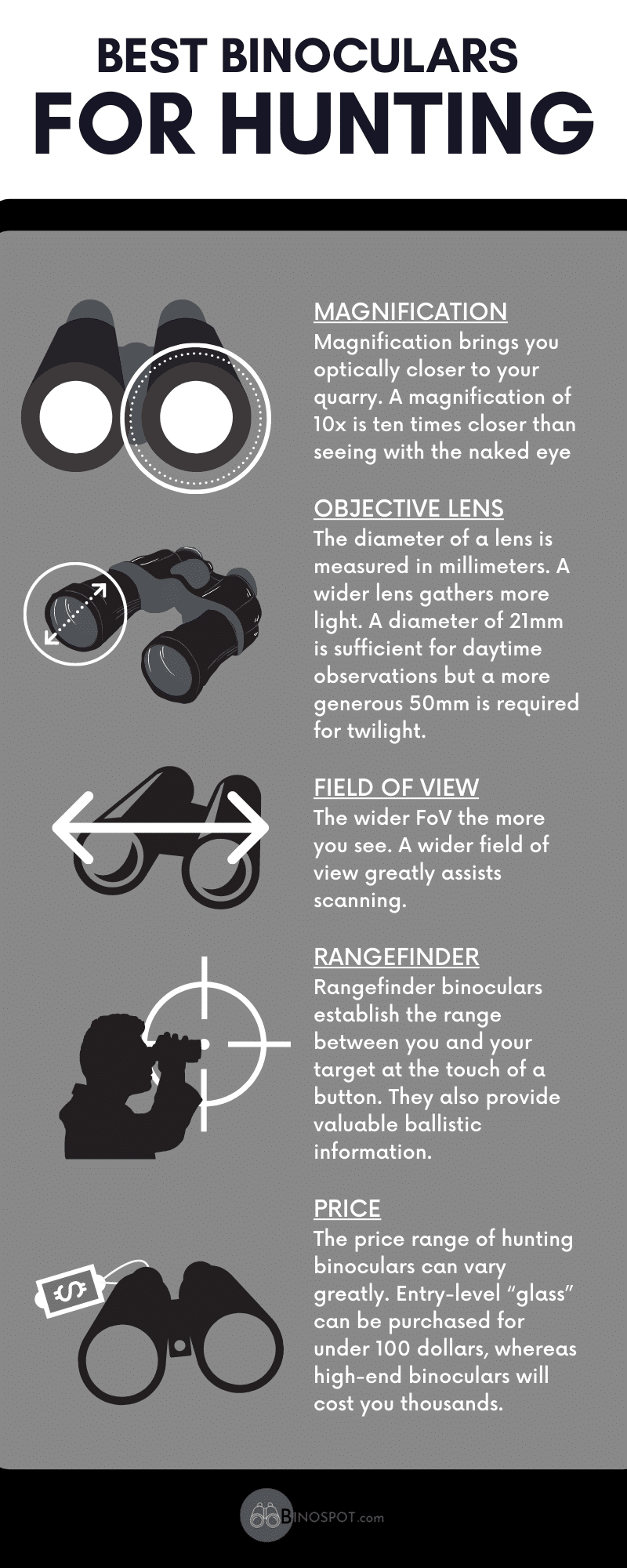

They are recommended if you’re walking, too, being easier and quicker to use. Generally, the lower the magnification the wider the field-of-view and the brighter the image the easier to use without a support.So 8x are ideal if you are using a telescope as well, or for woodland use, or at sea, or in poor light. A rough guide: 1 degree is approximately ’17m at 1000m’.

The field-of-view is sometimes given in degrees, rather than, for example, ‘140m at 1000m’. Some manufacturers use ‘BA’ to mean that the binoculars are rubber-covered and have spectacle wearers eyecups. ‘GA’ means that the binoculars are rubber covered to protect them against wear and tear. You can use these binoculars while wearing your glasses without losing field-of-view. The letter B means that the eyepieces are suitable for spectacle wearers. It’s this measurement that determines the physical size of the binocular. (The measurement is in millimetres.) The larger this lens, the more light enters the instrument. The second figure indicates the diameter of the ‘objective lens’ – the lens furthest from your eye. The first figure indicates magnification the number of times the image is enlarged. Sometimes there’s a letter as well, such as B or GA.

In all binocular specifications, two sets of figures are supplied (e.g. At the bottom line, ask yourself ‘Does this binocular feel OK to me?’ If the answer’s a definite ‘Yes’, go ahead and buy. Only you can make the choice, bearing in mind price, performance, size, durability, and your own particular needs.
#Binocular scope free
If you cannot see further than a few hundred metres, and find yourself looking at the inside of a shopping centre or down a high street it’s unlikely you’ll have made the correct choice.Īll in focus shops and field events have have the viewing facilities that will allow you to make the right decision, guided by our highly knowledgeable staff that work commission free and have many years experience in both optics and birding.Ĭhoosing binoculars isn’t always easy, and sometimes advertisements make exaggerated claims. The key to choosing binoculars and telescopes comes down to the ability to test under field conditions, comparing like for like products in an unhurried manner.


 0 kommentar(er)
0 kommentar(er)
